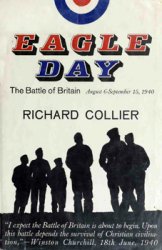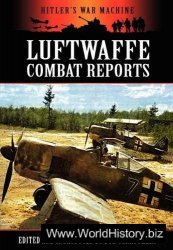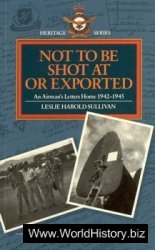This is a group of Celtic folk-tales, told in prose and probably not written down until AD 750, though they may have been told and retold for a long period before then. They describe in epic form a sequence of events relating to an heroic society that has a strong resemblance to the one described in Homer. Some scholars have even wondered whether the tales were perhaps written in the Christian era in deliberate imitation of Homer. Against this explanation are several features of the tales. One is that by the fifth century the political Ifamework of Ireland had changed; by then Ulster was smaller and far less powerful politically. It had been reduced by the family of Niall, who died in AD 404. So the events described in the Ulster Cycle must belong to the fourth century or earlier. Another feature is the fact that the characters swear by the gods of their tribes, not by a universal God.
Another view of the Ulster Cycle is that the stories go back to the second century BC, very much the pre-Christian Celtic Ireland. Yel another view is that they are centuries older still.
These heroic tales are set mainly in the provinces of Ulster and Connaught. They revolve around the lives of Conchobar mac Nessa, King of Ulster, and the great hero Cii Chulainn, who was the son of the god Lugh. They and the people around them are the Ulaid people. The action takes place mainly at the royal court of Emain Macha (Navan Fort), near the present-day town of Armagh. The Ulaid had contact with an Irish colony in Scotland and part of Cu Chdainn’s training takes place there. The capital of Ulster was at Emain Macha and its overking or high king was Conchobar. Ulster was opposed by a confederacy of the rest of Ireland led by Ailill of Connaught and his warrior-queen, Medb. The stories are dominated by cattleraiding, fighting, and feasting.
The main tale in the cycle is the Tain bo Cuailnge.
Some of the characters, such as Medb, were probably originally deities, and the hero Cu Chulainn displays superhuman prowess, suggesting that he too may have originated as a minor god. But the characters are presented in the tales as mortals, acting in a particular time and place.




 World History
World History









